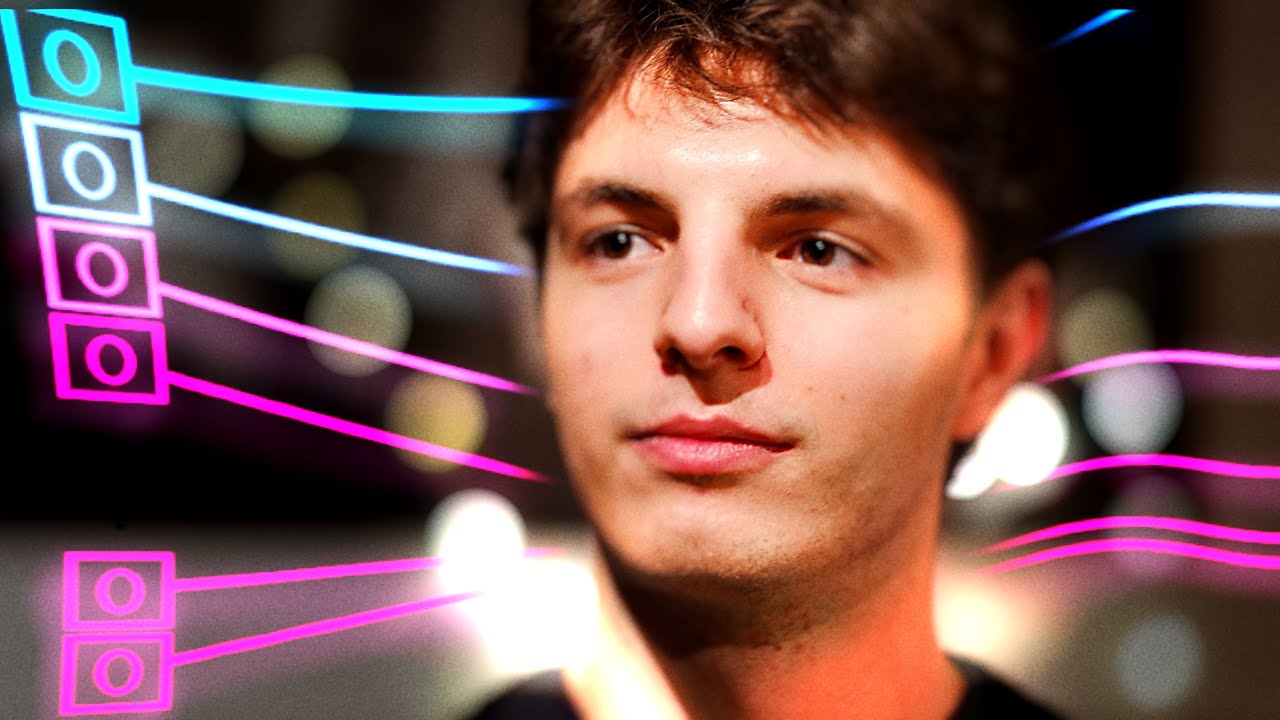The video discusses the limitations of transformer models in AI, particularly their struggles with reasoning and generalization, as exemplified by their inability to accurately count in long sequences of ones and zeros. Rico emphasizes the need for a deeper understanding of information flow within transformers and suggests exploring hybrid models that combine insights from graph neural networks to enhance their capabilities.
In the video, the discussion revolves around the limitations of transformer models in artificial intelligence, particularly their ability to reason and generalize effectively. The speaker, Rico, introduces the concept of transformers needing “glasses,” metaphorically suggesting that they struggle to focus on specific tokens in long sequences. This issue becomes pronounced as the context size increases, leading to a phenomenon where the model loses track of important information, particularly the last token in a sequence. Rico emphasizes that while transformers can perform well in training, they often fail to generalize when faced with out-of-distribution tasks.
Rico explains a key experiment involving sequences of ones and zeros, where the model is tasked with counting the number of ones. As the sequence length increases, the model’s ability to accurately count diminishes, leading to errors. This is attributed to the way information is represented and processed within the transformer architecture, where the influence of the last token can become lost due to numerical precision issues. The discussion highlights the importance of understanding how information flows through transformers and the implications of this flow on their performance.
The conversation also touches on the concept of “over-squashing,” where the representations of tokens become too similar as the sequence grows, leading to a loss of distinct information. Rico discusses how the model’s attention mechanism, which is designed to focus on recent tokens, inadvertently biases it towards earlier tokens in the sequence. This creates a challenge in maintaining the integrity of information as the sequence length increases, ultimately affecting the model’s ability to perform tasks that require precise counting or copying.
Additionally, the video explores the relationship between transformers and graph neural networks (GNNs), suggesting that insights from GNNs could inform improvements in transformer architectures. Rico expresses a desire for hybrid models that combine the strengths of different architectures, allowing for more robust reasoning capabilities. The discussion emphasizes the need for a deeper understanding of how these models operate and the potential for developing new architectures that can better handle complex tasks.
Finally, the conversation concludes with reflections on the nature of reasoning itself, questioning how it is defined and understood in both humans and machines. Rico suggests that while humans may excel in creative and abstract reasoning, machines should be capable of performing fundamental tasks like counting and copying without error. The video ultimately advocates for a more nuanced approach to AI development, one that recognizes the limitations of current models while exploring new avenues for enhancing their capabilities.
